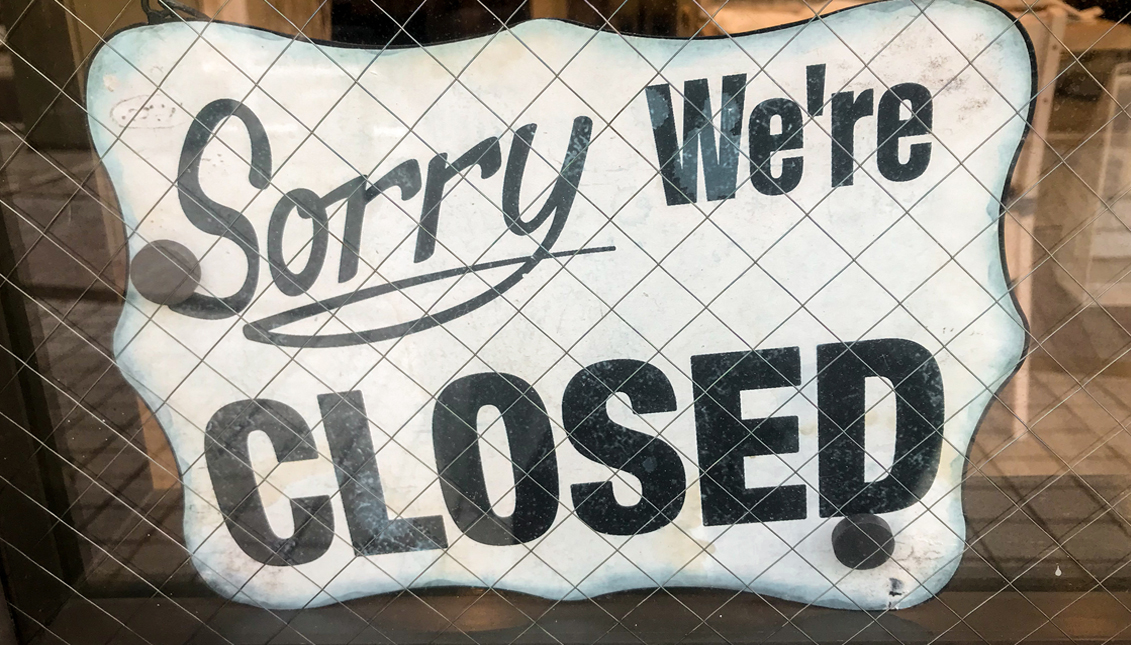
What does the new COVID-19 stimulus package do for small businesses?
The Paycheck Protection Program and Economic Injury Disaster loans will get another boost as 2021 begins.
America is starting the new year with a new, $900 billion COVID-19 stimulus package that was recently signed by President Donald Trump on Dec. 27, 2020.
In the package, Congress allocated $325 billion for small business owners to help them get back on their feet.
Two major loans that have been helpful for businesses across the country are the Economic Injury Disaster Loan, (EIDL) and those from the Paycheck Protection Program (PPP).
Small business owners will be able to receive a new round of PPP loans if they have less than 300 employees, can demonstrate a 25% revenue loss, and were in operation before Feb. 15, 2020. The amount allocated to the program is an additional $284.5 billion.
It also expands what can be paid for with the PPP loans and makes forgiveness easier.
The loan allows businesses to borrow up to $2 million that is 100% forgivable, allows owners to pay their employees even if they can’t open for business, and will also cover property damage costs caused by uprisings that occurred over the summer.
Other than the PPP loan, the EIDL grant is another important part of the stimulus package that is getting another boost to help small businesses. It got $20 billion as part of the new stimulus.
EIDL grants are specifically for businesses in low-income communities.
In addition to being located in a low-income community, businesses must have suffered an economic loss greater than 30%, and employ no more than 300 employees.
Qualifying businesses can receive up to $10,000 through the EIDL grant.
For many small business owners across the country, the new government funding is long overdue and a welcome support. However, in addition to its tardiness, some believe it’s not enough.
RELATED CONTENT
Much like what happened following the CARES Act in March, many worry that most of the funds will go to bigger businesses rather than small ones. That’s especially true for minority-owned businesses.
Some loan applications remained on hold and other small business owners were left with nothing to give to their employees.
New data found that just 25% of the $525 billion sent out as part of the PPP program went to businesses in economically-disadvantaged areas, also known as Historically Underutilized Business Zones.
Crystal Nezgoda, a Sonoma California business owner, was one of the millions who applied for both PPP and EIDL loans and did not receive anything. In its place, she started a GoFundMe account in order to pay her employees and keep her business afloat.
Another is Jill James, who owns a small business consulting company, Sif Industries. She told the LA Times that she did not get any help from the government in the spring, even though she applied for both PPP and EIDL loans.
“The waiting has been torturous,” she said. “It makes you extremely unsure.”
Hopefully, despite the fewer funds, a more targeted approach will reach those lost in the first relief effort.









LEAVE A COMMENT: